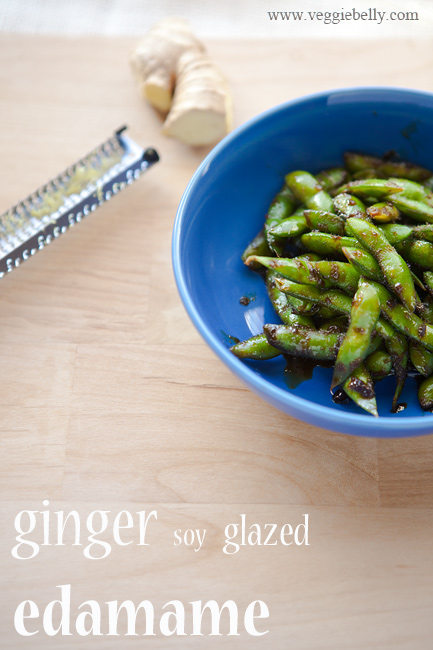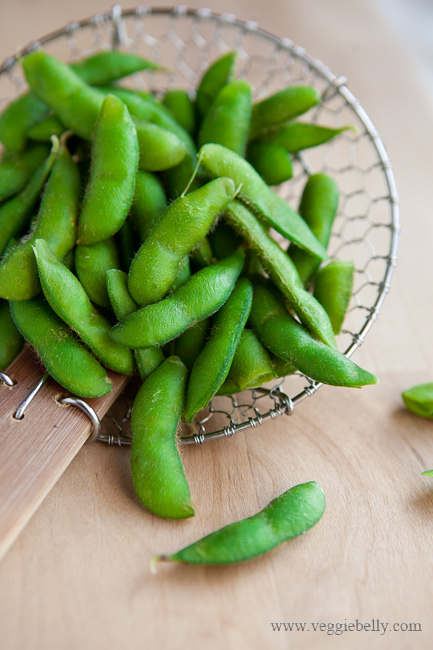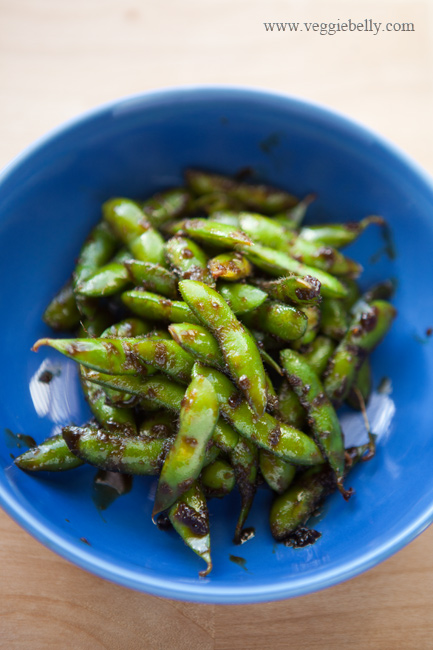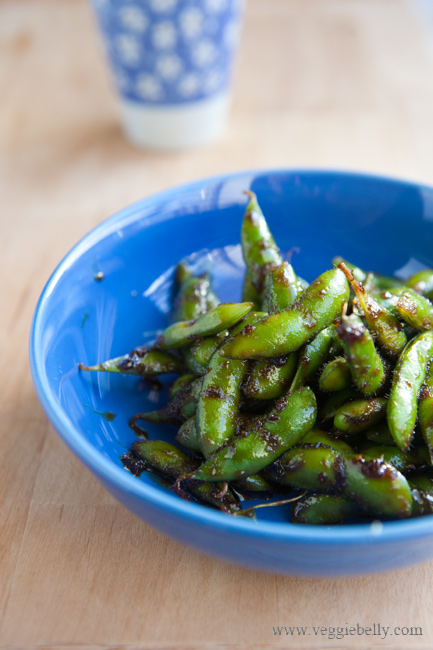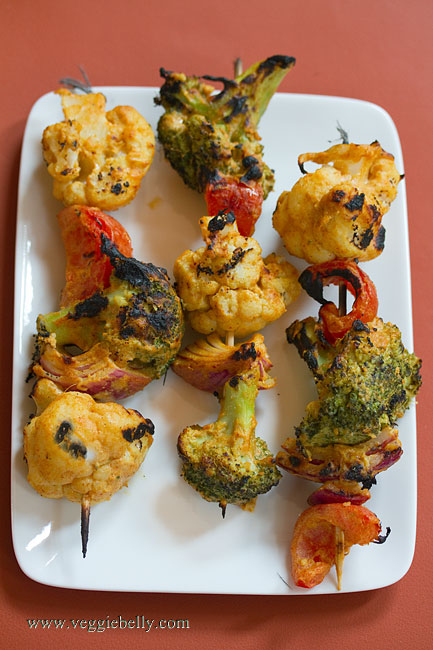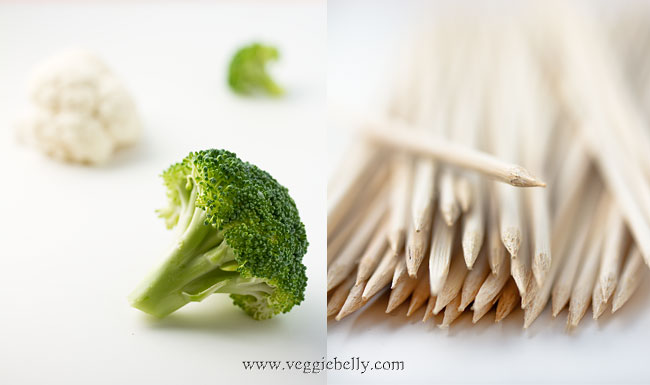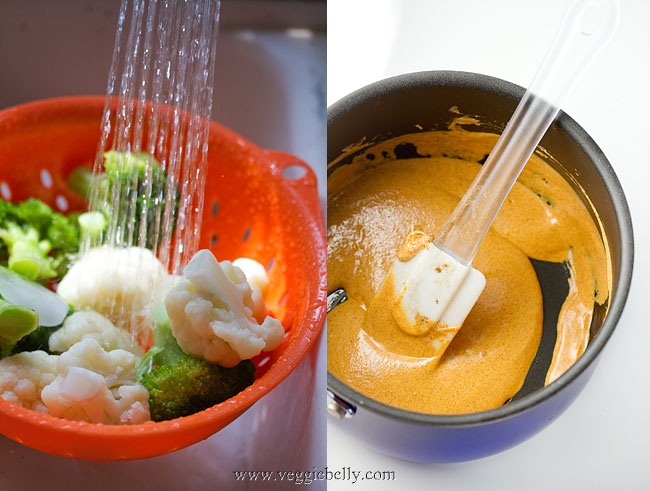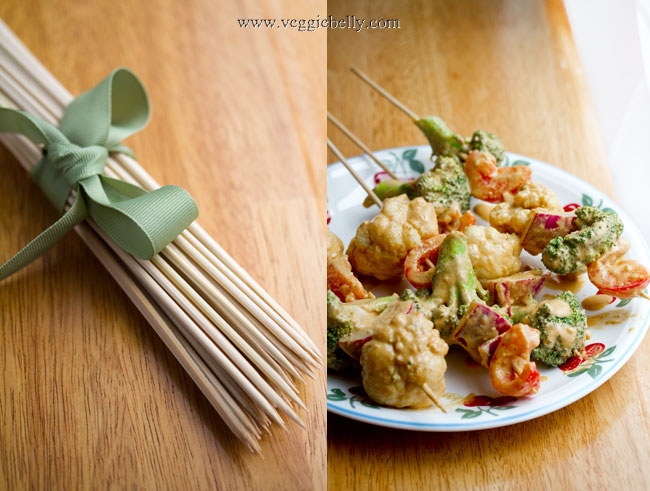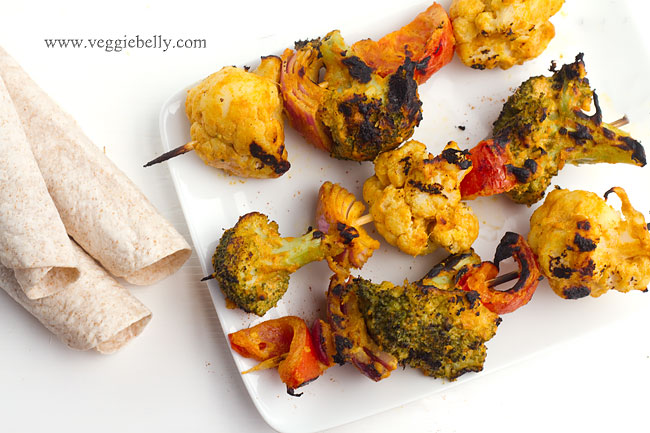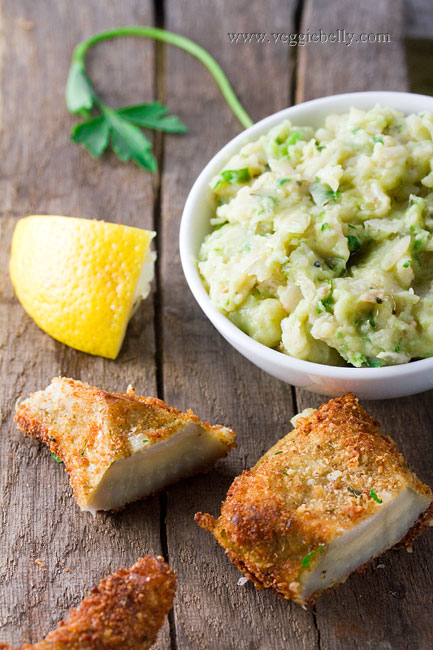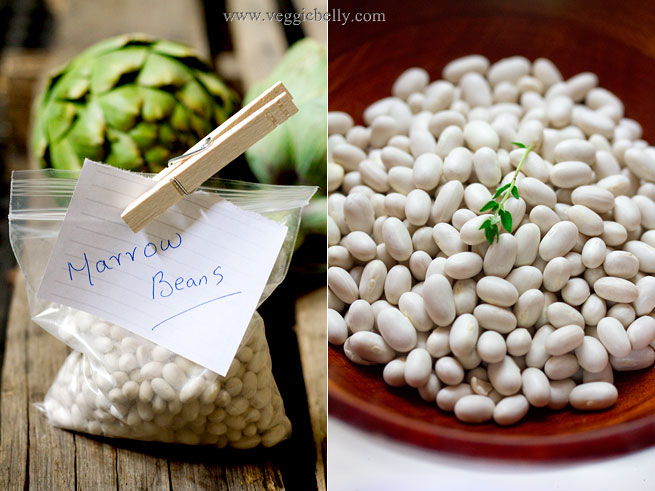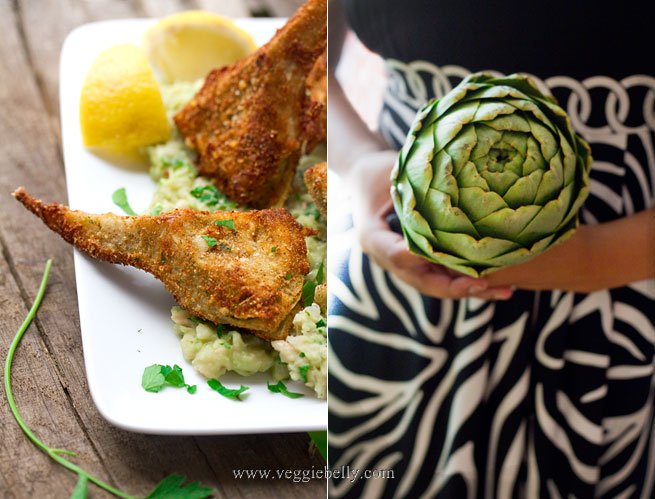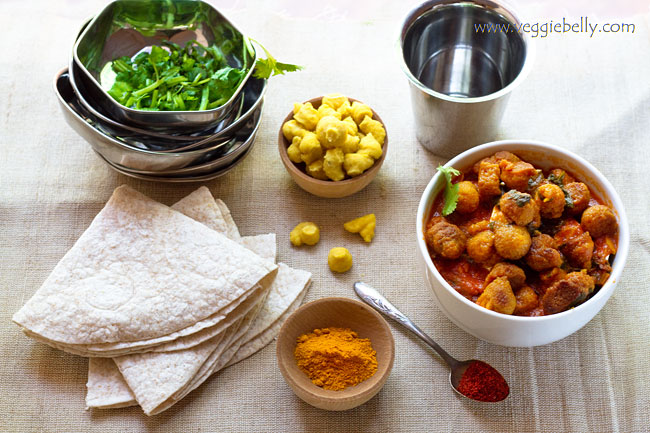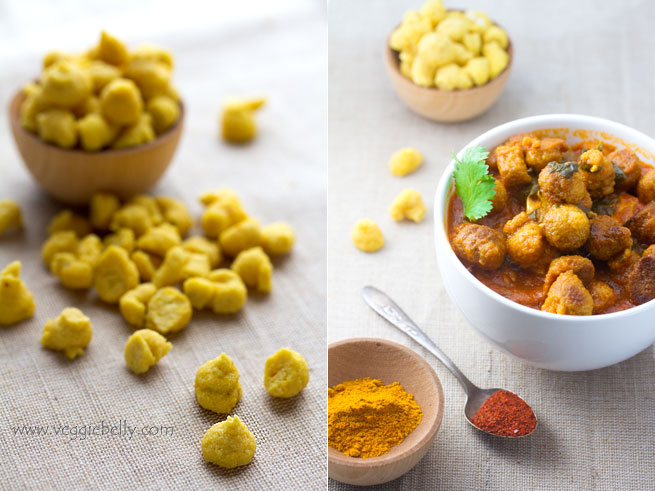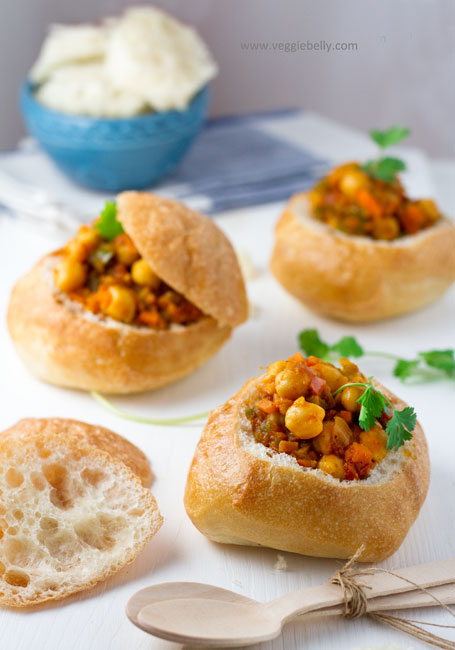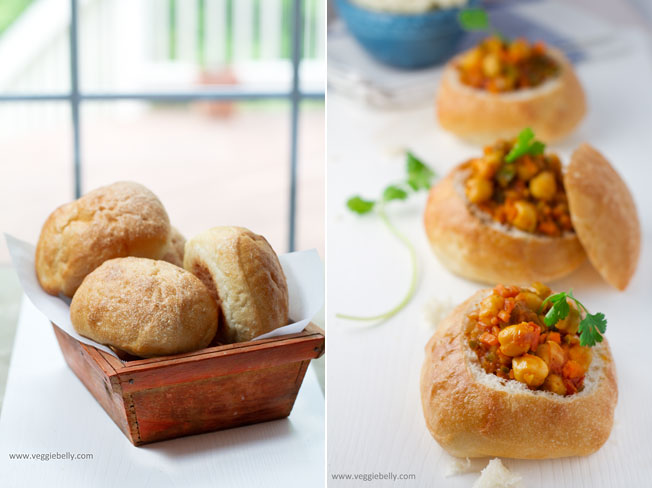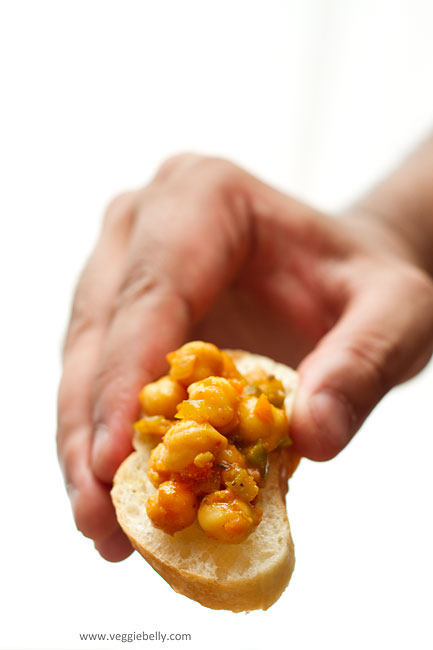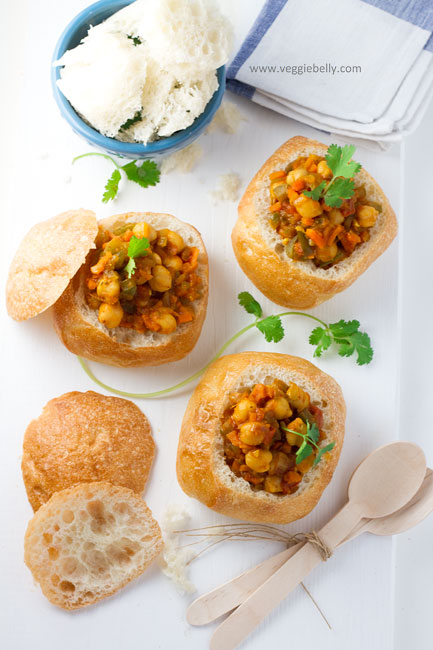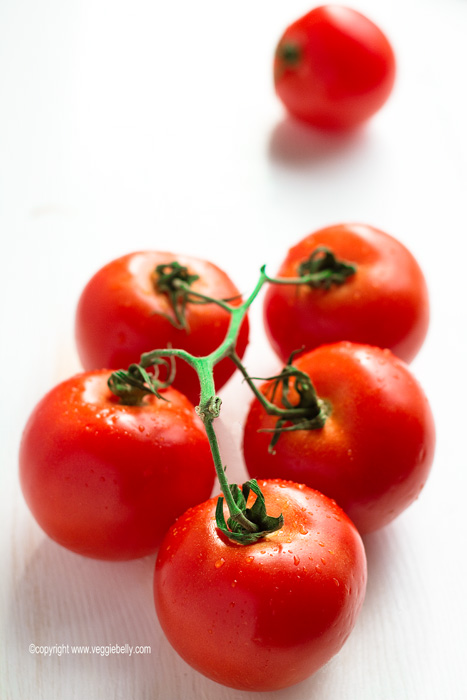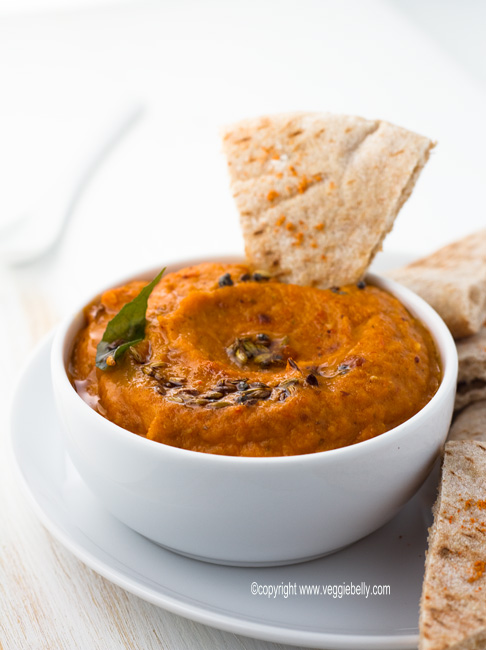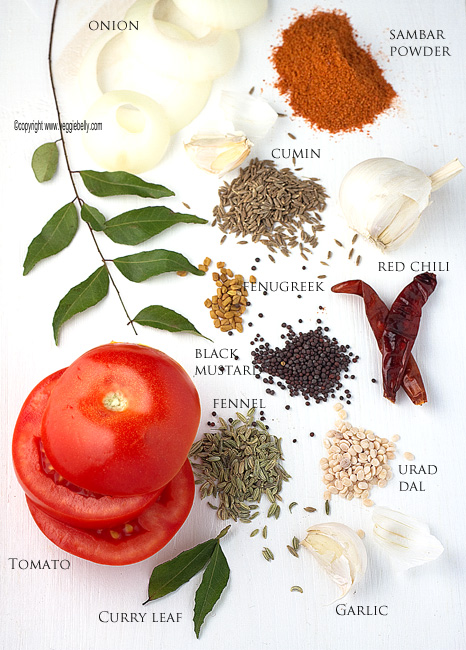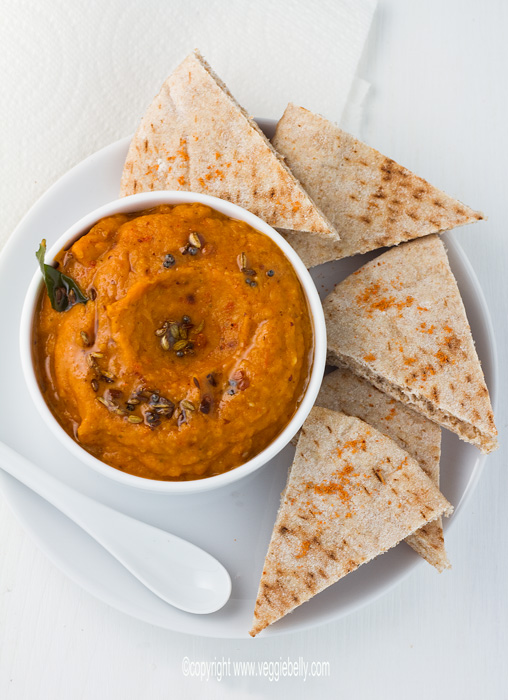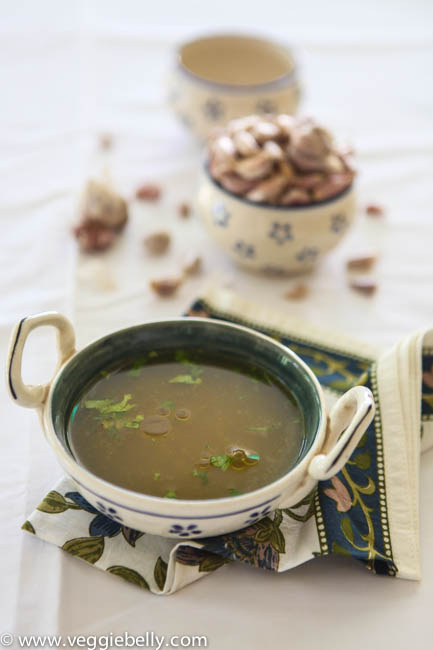
Every home cook must have a good rasam recipe under their belt. This light, tangy and spicy south Indian dish is usually served as a main dish with rice and potato curry. But my favorite way of serving it is in cups, like a soup, along with some crisp potato chips. Perfectly warming for a cold day!
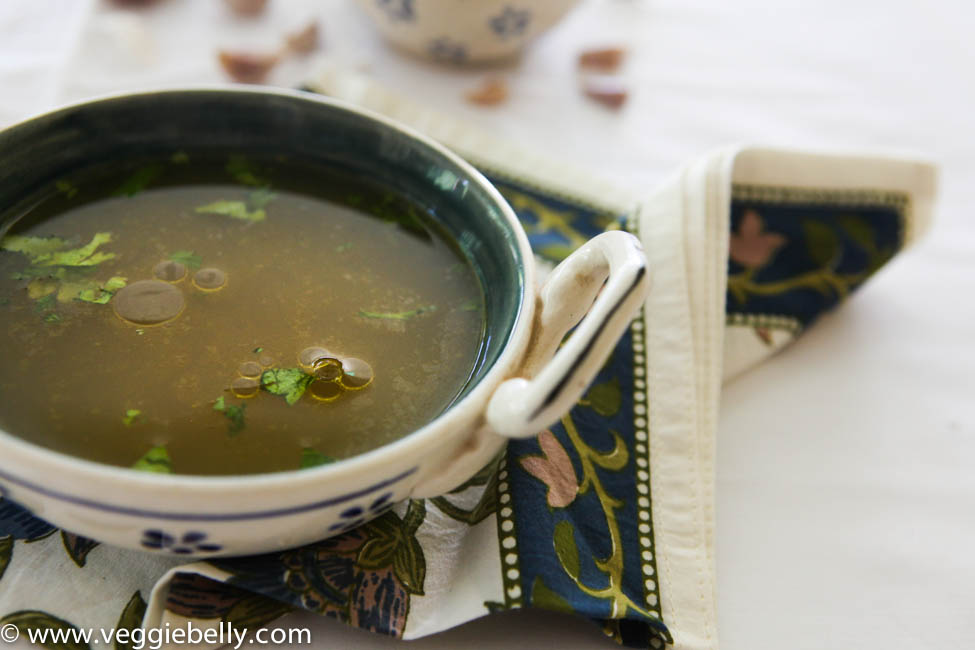
There are probably as many rasam recipes as there are cooks. Everyone does it differently. And you can flavor the rasam with a number of things, not just garlic. For variation try Chef In You’s lemon rasam, or Mahanandi’s coriander rasam, or my grandmother’s killer pineapple rasam.
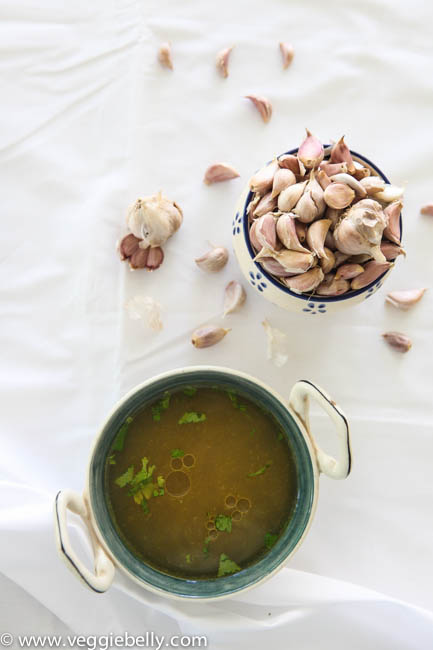
Garlic Rasam Recipe
serves about 4
Ingredients for Rasam Masala
6-8 garlic cloves with skin on
8 curry leaves
1 red chili
3/4 tablespoon black pepper corns
1 tablespoon cumin seeds
Method
1.Using the back of a wooden spoon, crush each garlic clove and set aside.
2.Coarsley grind everything else, except garlic. Mix the ground masala with garlic (skin an all) and set aside.
Ingredients for Rasam
a small gooseberry sized ball of tamarind (about 1 tablespoon)
2 small tomatoes, roughly chopped
1 tablespoon oil or ghee
1 red chili, broken
a few curry leaves
1/4 teaspoon mustard seeds
1/4 teaspoon urad dal
a pinch of asafetida
1/4 cup chopped cilantro
Method
1. Mix and dissolve the tamarind in 2 cups of water. Then strain and extract the water.
2. Place tomatoes in a bowl, and either using your hands or a potato masher, mash and squish the tomatoes till a coarse pulp forms.
3. Place the tamarind water, add tomatoes in a saucepan, and boil for 5 minutes.
4. While its boiling, heat oil in another saucepan and add the chili, curry leaf, mustard seeds, urad dal and asafetida. Stir till fragrant and the mustard seeds pop.
5. Add in the rasam masala. Stir 15 seconds.
6. Add tamarind tomato water, salt, plus 2 cups water.
7. Cook on medium-high. As soon as the rasam starts to foam and just before it comes to a boil, turn it off.
8. If you want a clear rasam, you can strain it at this point, but straining is optional.
9. Garnish with cilantro and serve with steamed rice or in cups, as soup.

